NanoFASE Case Studies - Overview
Today thousands of consumer products and other industrial applications use engineered nanomaterials (ENMs). Measuring e.g. 20, 30 or 50 billionths of a meter, nanoforms of substances enable strong effects to be obtained from very small volumes of elements or chemical compounds, making them a "key enabling technology" in Europe's 2020 Strategy for future economic growth and societal well-being. But how ENMs may impact the environment, and ultimately health, is still relatively poorly known.
What happens to ENMs released throughout the value chain – in the manufacture, distribution, use, and disposal of nano-enabled products? Do they pose a risk to the fauna, the flora and to human health? While the potential toxic impact of ENMs on living organisms has been intensively researched and much data and understanding exist, assessing potential environmental impacts of ENMs requires the ability to estimate the actual distribution, concentration and eventual forms taken by nanoparticles in our soil, air, water and sediments, as well as the food chain. These aspects, the fate and behaviour of ENMs released in the environment, are less well known and researched up to now – but NanoFASE addresses this challenge. Moving beyond the typical research focus on physical/chemical properties of pristine laboratory particles, NanoFASE innovates by modelling the functional and behaviour patterns of ENMs across time in variable, real environments. This knowledge can be combined with hazard knowledge from other sources to arrive at a detailed assessment of environmental risk.
In developing the NanoFASE suite of ENM environmental exposure modelling tools, we perform case study analyses and experiments to both: (1) understand the most likely release routes from nano-enabled products to the environment, and (2) understand the processes and factors that will ultimately affect the end form, environmental location and concentration of released ENMs. Findings from these case studies help identify new parameters to be included in NanoFASE models to increase their realism. The studies also provide data that help test and validate the models that have already been developed.
The NanoFASE case studies can be separated into four broad categories as described below. Click to access the individual studies.
Nano-Enabled Products: Release Pathway Analysis Case Studies |
|
Across the life cycle of nano-enabled products (NEPs), some quantity of ENMs may be released at manufacturing, use or end of life stages. To identify potential environmental release pathways of ENMs, NanoFASE in close cooperation with our industrial partners carried out a life cycle analysis for several (existing or test) products, producing the first inventory of ENM production, ENM use and ENM release modelled at European Member State level for TiO2, Ag, ZnO, carbon black and Cu-based nanomaterials. |
|
|
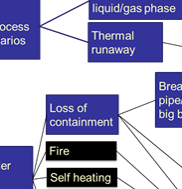 Accidental release scenario |
Intentional and Deliberate Release Case Studies |
|
Some nano-enabled products deliberately employ release of ENMs into the environment to perform intended functions: fertilizers, pesticides, groundwater remedial applications. The NanoFASE case studies of such intentional release assess the fate of ENM from these applications, identifying factors that influence the ultimate destination of the NPs as well as NP transformation within the environment. These factors are translated into parameters improving the realism of NanoFASE models. |
Characterisation Case Studies - Particles and transformations |
|
A range of controlled experimental case studies performed by NanoFASE partners deliver detailed ENM measurement and characterisation of particles at particular points in their life cycle. The ability of NanoFASE chemically-labelled particles to facilitate detection against high natural background levels was explored, as were the particular fate and transformation of particles in the managed waste stream. |
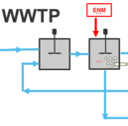 Removal efficiency |
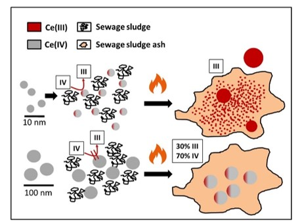 Sewage sludge incineration |
Experimental Case Studies - Fate in the Living Environment |
|
Finally, NanoFASE experimental case studies use specific ENMs (produced by NanoFASE partners or obtained from suppliers) under controlled experimental conditions to assess ENM transformation, uptake and elimination by a range of soil- and water-dwelling organisms and plants. Focussed on silver NPs, these studies provide parameters to NanoFASE models to assess ENM fate within the living environment. To increase realism and understand complex interactions in the environment, NanoFASE also has conducted mesocosm studies. |
Read more |
Contact
|
Swedish University of Agricultural Sciences (SLU) Email: geert.cornelis@slu.se
|

Socorro Vázquez-Campos Email: svazquez@leitat.org
|

Ralf Kägi Email: ralf.kaegi@eawag.ch
|

Iseult Lynch Email: i.lynch@bham.ac.uk
|

Susana Loureiro Email: sloureiro@ua.pt
|

Nico van den Brink Email: nico.vandenbrink@wur.nl |



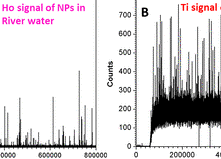
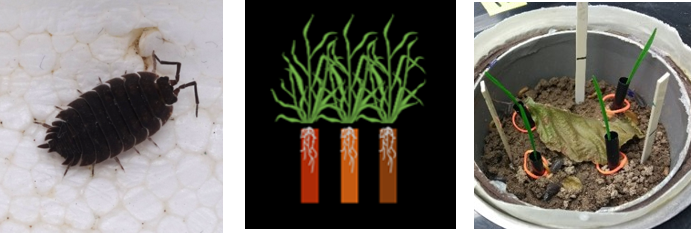
 Geert Cornelis
Geert Cornelis